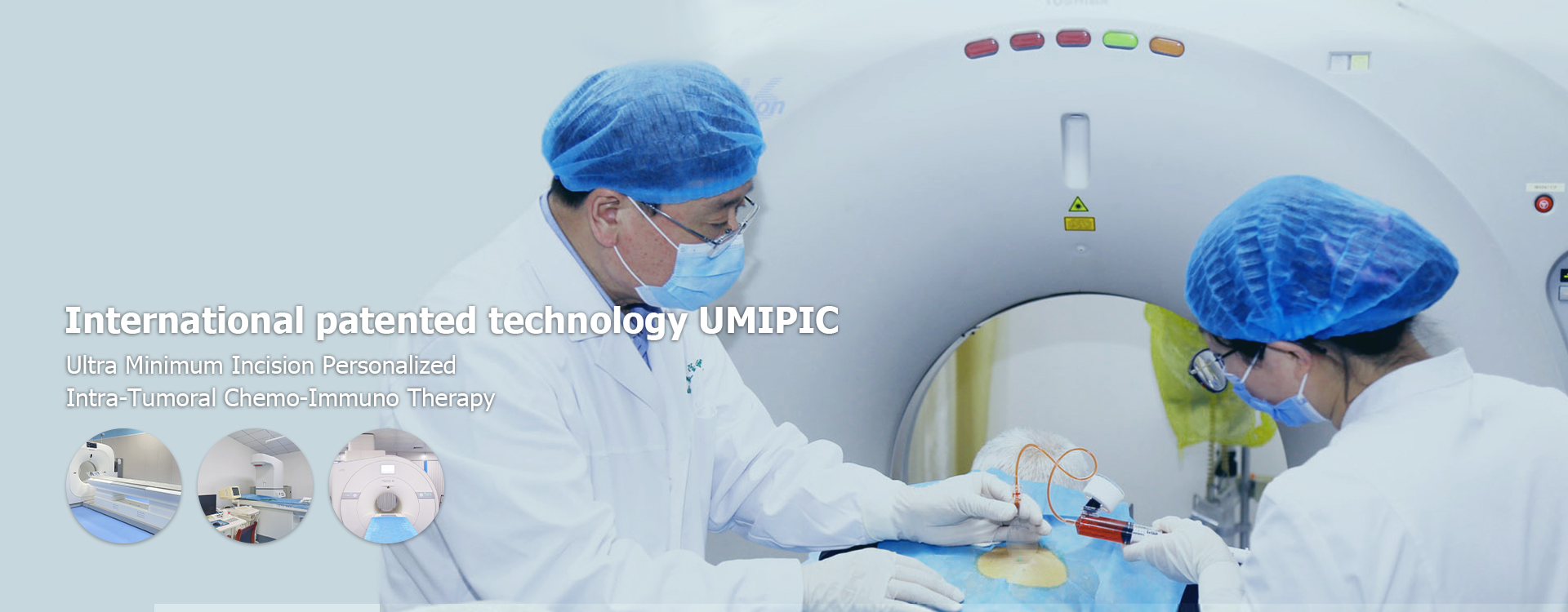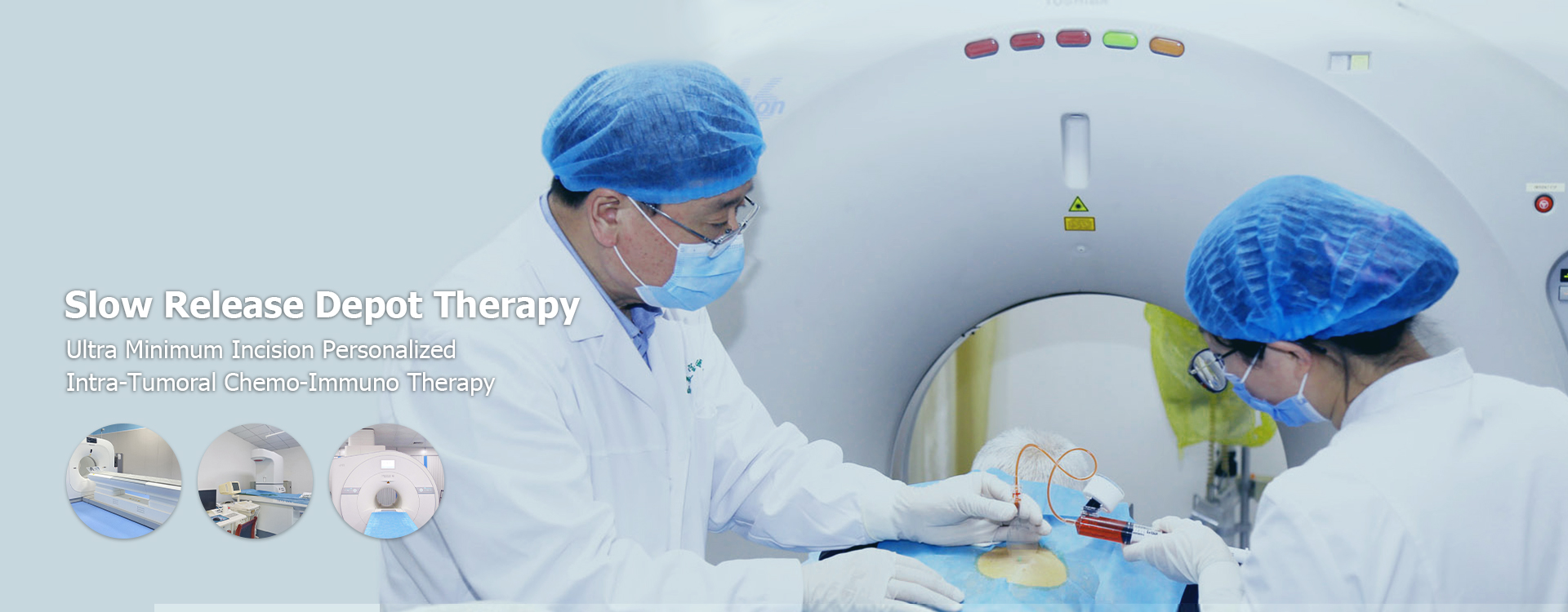
gleason 6 prostate cancer treatment
Gleason 6 prostate cancer, also known as Grade Group 1, is generally considered low-risk prostate cancer. Treatment options vary and depend on individual factors. Active surveillance is often recommended, while other treatments include surgery, radiation therapy, and focal therapies. The best approach requires a comprehensive discussion with your doctor to determine the most suitable path for you. At Shandong Baofa Cancer Research Institute, we offer comprehensive diagnostic and treatment services for prostate cancer.Understanding Gleason 6 Prostate CancerWhat is the Gleason Score?The Gleason score is a system used to grade the aggressiveness of prostate cancer cells. It's based on how the cancer cells look under a microscope compared to normal prostate cells. A Gleason score is determined by adding the two most common grades of cancer cells found in a biopsy sample. The score ranges from 6 to 10, with lower scores indicating less aggressive cancer. Gleason 6 prostate cancer treatment typically involves less aggressive approaches than higher Gleason scores.What does Gleason 6 Mean?A Gleason score of 6 indicates that the cancer cells are well-differentiated, meaning they closely resemble normal prostate cells. This is considered a low-grade cancer and generally grows slowly. It's important to note that even though it's considered low-risk, regular monitoring is crucial to track any changes.Gleason 6 Prostate Cancer Treatment OptionsSeveral treatment options are available for Gleason 6 prostate cancer. The best choice depends on various factors, including your age, overall health, personal preferences, and the specifics of your cancer (e.g., tumor size, location). Here’s an overview:Active SurveillanceActive surveillance, sometimes called watchful waiting, involves closely monitoring the cancer without immediate treatment. This typically includes regular PSA (prostate-specific antigen) tests, digital rectal exams (DREs), and repeat biopsies. If the cancer shows signs of progression, such as a rising PSA level or changes in biopsy results, treatment may be initiated. This approach avoids or delays the side effects of treatment while still allowing for intervention if needed.Surgery (Radical Prostatectomy)Radical prostatectomy involves the surgical removal of the entire prostate gland and surrounding tissues, including the seminal vesicles. This can be performed using open surgery, laparoscopic surgery, or robotic-assisted laparoscopic surgery. Potential side effects include erectile dysfunction and urinary incontinence. Shandong Baofa Cancer Research Institute's surgeons are trained in the latest surgical techniques for prostate cancer removal. Radiation TherapyRadiation therapy uses high-energy rays to kill cancer cells. There are two main types: External Beam Radiation Therapy (EBRT): Radiation is delivered from a machine outside the body. Brachytherapy (Internal Radiation): Radioactive seeds are implanted directly into the prostate gland. Side effects of radiation therapy can include bowel problems, urinary issues, and erectile dysfunction.Focal TherapyFocal therapy targets only the cancerous areas of the prostate, preserving the healthy tissue. This approach aims to reduce side effects compared to whole-gland treatments. Several focal therapies are available, including: Cryotherapy: Freezes the cancer cells. High-Intensity Focused Ultrasound (HIFU): Uses focused ultrasound waves to destroy the cancer cells. Photodynamic Therapy (PDT): Uses a light-sensitive drug and laser light to kill cancer cells. These therapies are still evolving, and long-term outcomes are still being studied.Making the Right Decision for Your Gleason 6 Prostate Cancer TreatmentChoosing the right treatment for Gleason 6 prostate cancer is a personal decision that should be made in consultation with your doctor. Consider these factors: Your age and overall health: These factors can influence your tolerance for different treatments and their potential side effects. The characteristics of your cancer: Tumor size, location, and PSA levels can all affect treatment decisions. Your personal preferences: Some men may prefer to avoid immediate treatment, while others may want to be more proactive. The potential side effects of each treatment: Be sure to discuss the risks and benefits of each option with your doctor. Follow-Up CareRegardless of the treatment you choose, regular follow-up care is essential. This typically includes PSA tests, digital rectal exams, and possibly repeat biopsies. Follow-up care helps ensure that the cancer is not progressing and that any side effects are managed effectively. Continuous monitoring for any abnormalities is crucial for positive long-term prognosis. The skilled oncologists at Shandong Baofa Cancer Research Institute can help you build your follow-up care plan. Comparison of Treatment Options Treatment Description Potential Side Effects Active Surveillance Monitoring without immediate treatment Anxiety, risk of cancer progression Radical Prostatectomy Surgical removal of the prostate gland Erectile dysfunction, urinary incontinence Radiation Therapy Using high-energy rays to kill cancer cells Bowel problems, urinary issues, erectile dysfunction Focal Therapy Targeting only the cancerous areas of the prostate Variable, depending on the specific therapy Note: This table is for informational purposes only and does not constitute medical advice. Consult with your doctor for personalized recommendations.ConclusionUnderstanding your Gleason 6 prostate cancer treatment options is the first step toward making informed decisions about your care. Active surveillance, surgery, radiation therapy, and focal therapies are all potential options. By working closely with your doctor, you can develop a treatment plan that is tailored to your individual needs and preferences. Remember to ask questions and be actively involved in the decision-making process. Contact Shandong Baofa Cancer Research Institute today to schedule a consultation.Disclaimer: This information is not intended to be a substitute for professional medical advice. Always consult with your doctor about any health concerns or before making any decisions about your treatment.References: American Cancer Society - Prostate Cancer Mayo Clinic - Prostate Cancer
Related products
Related products
Best selling products
Best selling products-
 Nell Smith, a throat cancer patient from Switzerland
Nell Smith, a throat cancer patient from Switzerland -
 PAT, rectal cancer patient from the United States
PAT, rectal cancer patient from the United States -
 Mark, a prostate cancer bone metastasis patient from the United States
Mark, a prostate cancer bone metastasis patient from the United States -
 Anthony, lymphocytic cancer patient from the United States 24
Anthony, lymphocytic cancer patient from the United States 24 -
 Andress, a 9-year-old boy from the United States
Andress, a 9-year-old boy from the United States -
 Famous American female painter Muriel
Famous American female painter Muriel
Related search
Related search- Cheap cancer in kidney symptoms near me
- treatment extracapsular extension prostate cancer treatment Hospitals
- gallbladder cancer treatment cost
- Sustained Release Drug Delivery Therapy Hospitals
- treatment clear cell renal cell carcinoma near me
- children's cancer hospital cost
- Cheap kidney cancer treatment
- Cheap rcc renal cell carcinoma cost
- China breast cancer treatment Hospitals
- treatment benign tumor treatment cost





